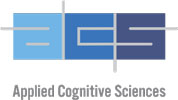Theoretical research.
Private consulting.
Expert testimony.
We’re a team of human factors engineers and safety professionals drawing on our extensive education and training – as well as both academic research and industry experience – to understand human behavior and its limitations.
“The idea that a person is at fault when something goes wrong is deeply entrenched in society. That’s why we blame others and even ourselves.”
Donald A. Norman, The Design of Everyday Things

What, exactly, is human factors?
Here’s the textbook answer, from Human Factors in Engineering and Design, by Mark S. Sanders and Ernest J. McCormick: “The approach of human factors is the systematic application of relevant information about human capabilities, limitations, characteristics, behavior, and motivation to the design of things and procedures people use and the environments in which they use them.”

It’s a combination of things, really.
Human factors engineering pairs the traditional engineering disciplines – mechanical and safety engineering, accident reconstruction, et al. – with the science of human behavior, such as perception, learning and memory, cognition, decision making, response selection and execution, and anthropometrics. Its ultimate goal? Safety and reliability within the entire system.
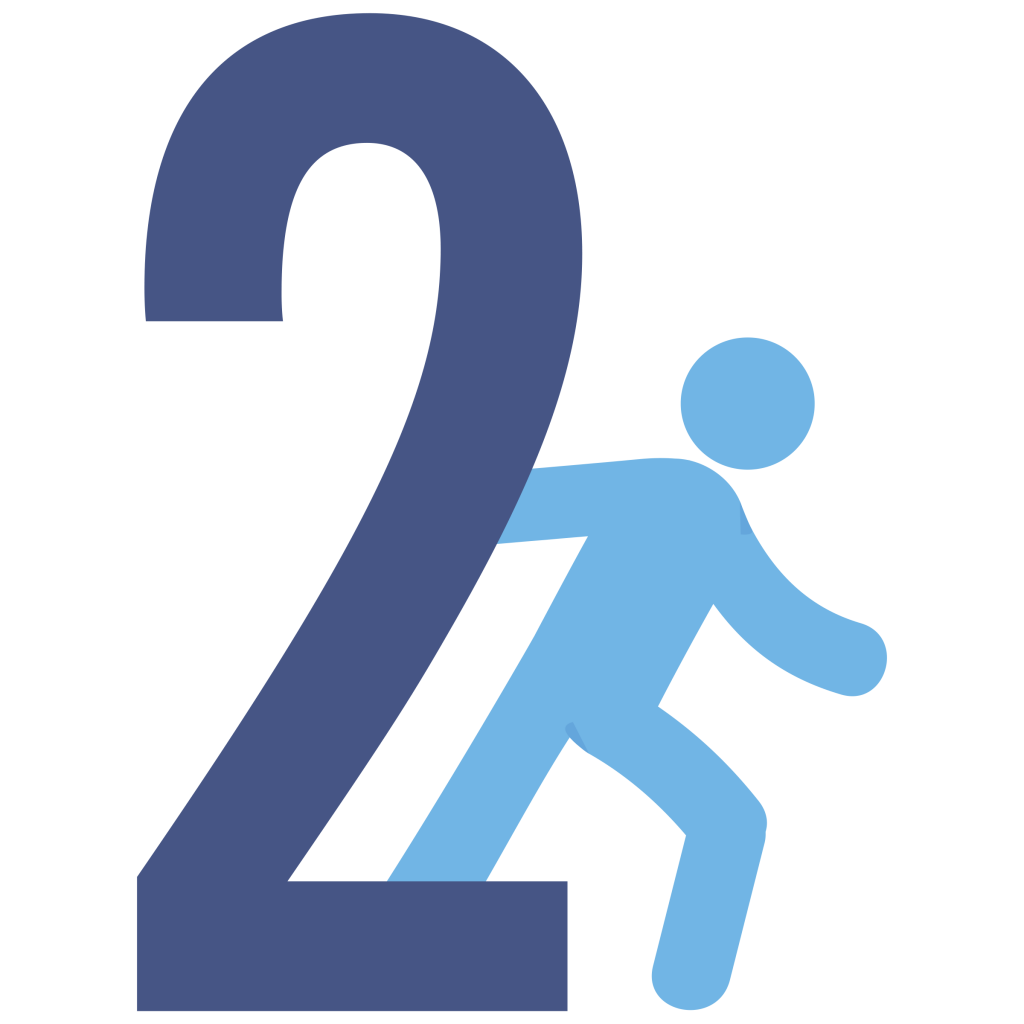
And it’s been around for a while now.
A formally recognized discipline since the early ’50s, human factors evolved a decade earlier out of the failure of traditional accident reconstructionists – who lacked training in human behavior sciences – and the success of interdisciplinary teams of engineers, physicists, and cognitive psychologists in determining the underlying root causes of a wide array of accidents.
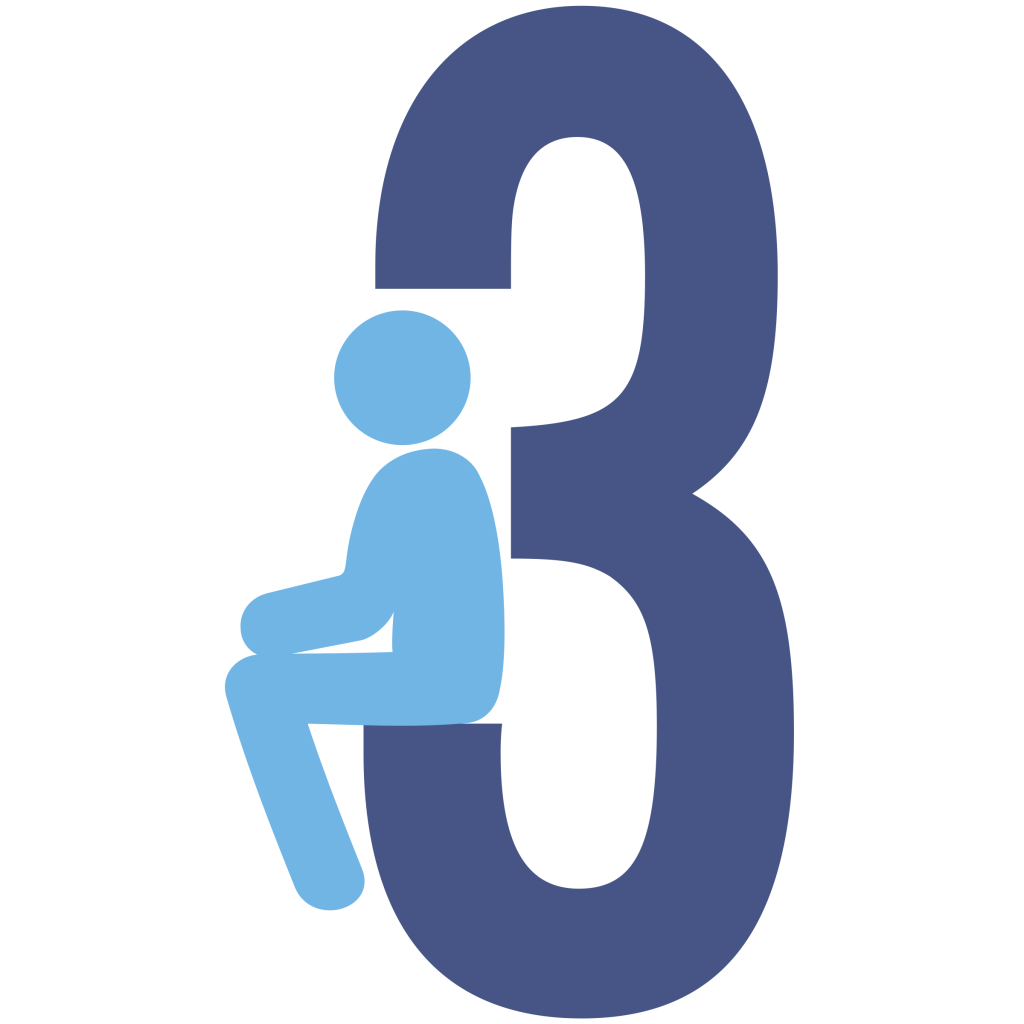
And now?
The science of human factors engineering has since expanded beyond the reactive methodology of accident reconstruction to include a more proactive approach. Ultimately, it aims to complement traditional engineering, design, and safety processes with a greater consideration for the need for precautions relative to those various products, services, and activities with which people interact.

In other words, it’s important stuff.
The need for systems to ensure safety is a principal concern. By analyzing human behavior – including its limitations – human factors engineering enables one to understand and predict the likely range of conduct, which may pose a foreseeable danger in light of predictable human behavior and its limitations.
When it comes right down to it, we tend to vastly overestimate our – and others’ – capacity for observation and awareness. But the truth is, we frequently don’t know what we think we know.
Not convinced? Read on.
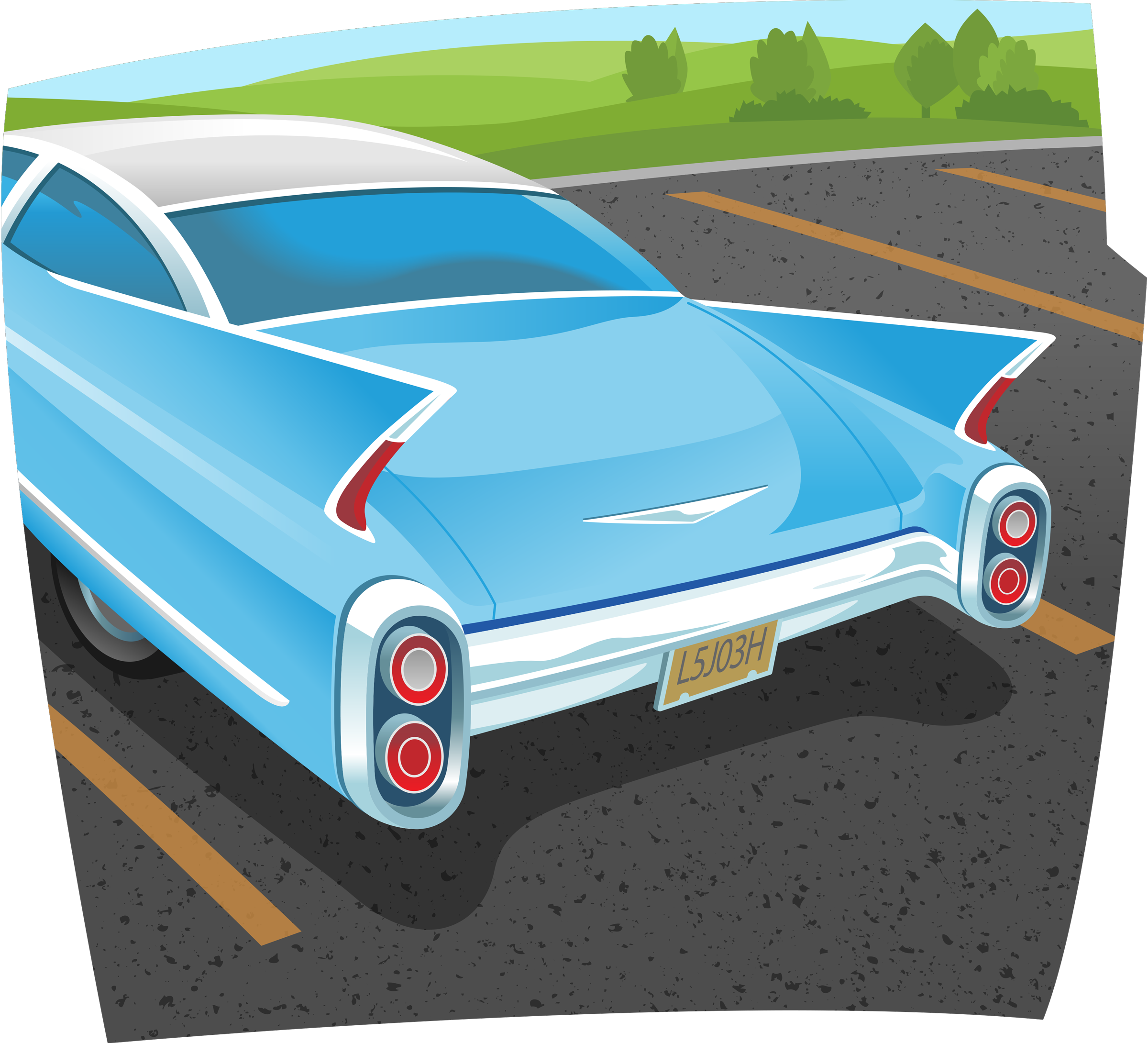
Visual Acuity
Look at that gorgeous tail light – a testament to mid-20th Century automotive design. They don’t make ’em like that anymore, do they? Now read the license plate while staying focused on the taillight. That’s the difference between foveal and peripheral vision. Foveal vision is where visual acuity is at least 20/20. It’s only about 2° of your visual field. Anything outside of that (your peripheral vision) is blurry and can’t be reliably read – even though you’re looking “right at it.”
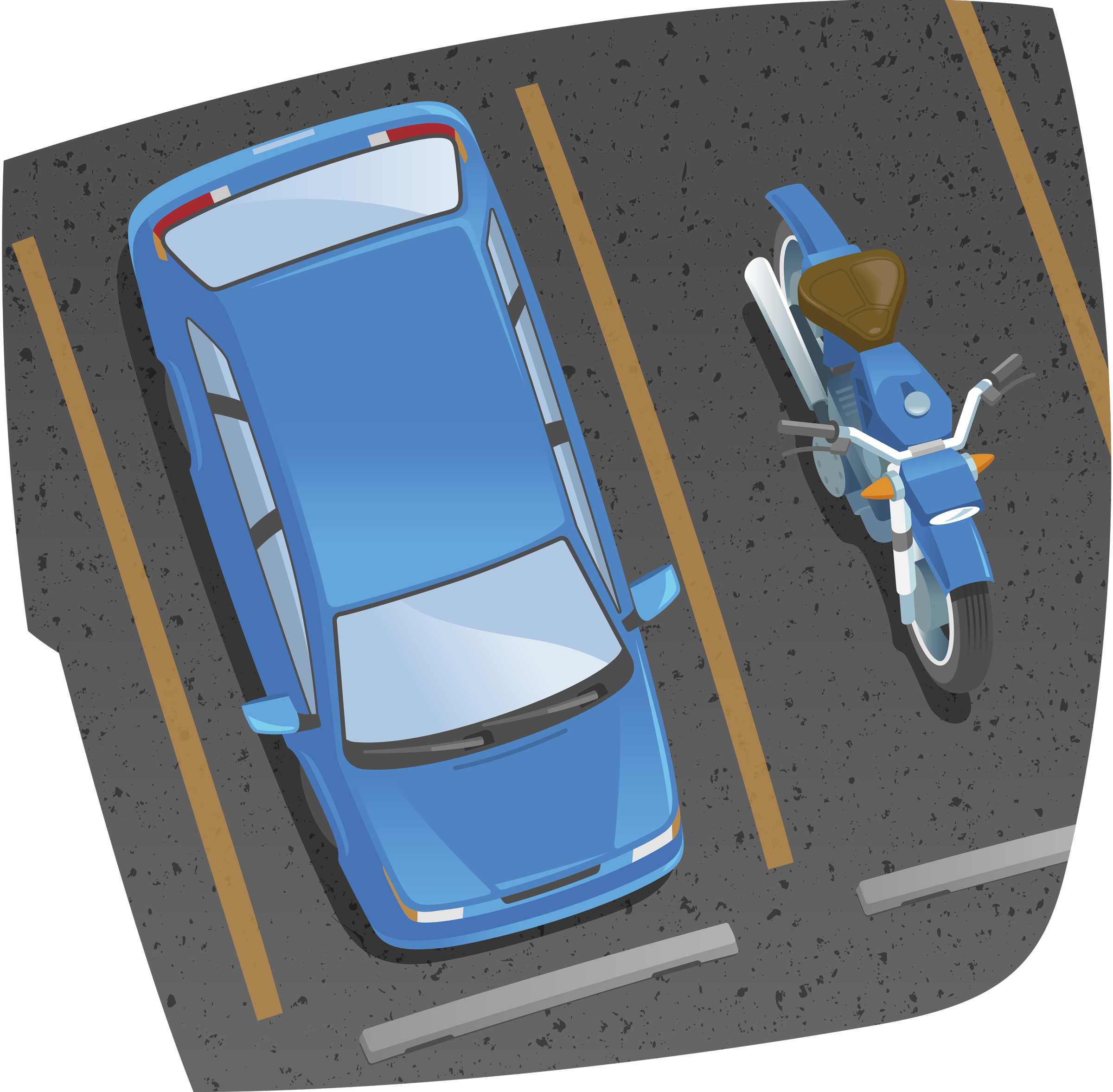
Knowledge vs. Awareness
Speaking of cars, you probably drove to work today. Do you remember what the weather was like? How was the traffic? Did you listen to the radio or maybe a podcast? There’s a good chance you can give a fairly accurate accounting of the weather, a trustworthy traffic report, and even a radio playlist or a podcast summary. But what about the make and model of the car to your left as you pulled into your parking spot? Can you even remember the color? You must have seen it, right?

The Principle of Compatibility
This one’s simple: Name the following colors. Don’t read the words – say the colors. If the word “green” is in yellow, say yellow; if “blue” is in red, say red. It’s not as easy as you’d think, is it? It’s called the Stroop Effect, and there are a couple of theories that may explain it. The first is that words are read faster than colors are named; the second is that naming colors requires more attention. Either way, it leads to interference.
When we evaluate incidents or systems in order to understand causes, it’s important to consider all relevant components of the system, not just the person in that system. At ACS, we’re qualified to evaluate not only human behavior and training, but also characteristics of the design, maintenance, and environmental conditions at play in the particular scenario.
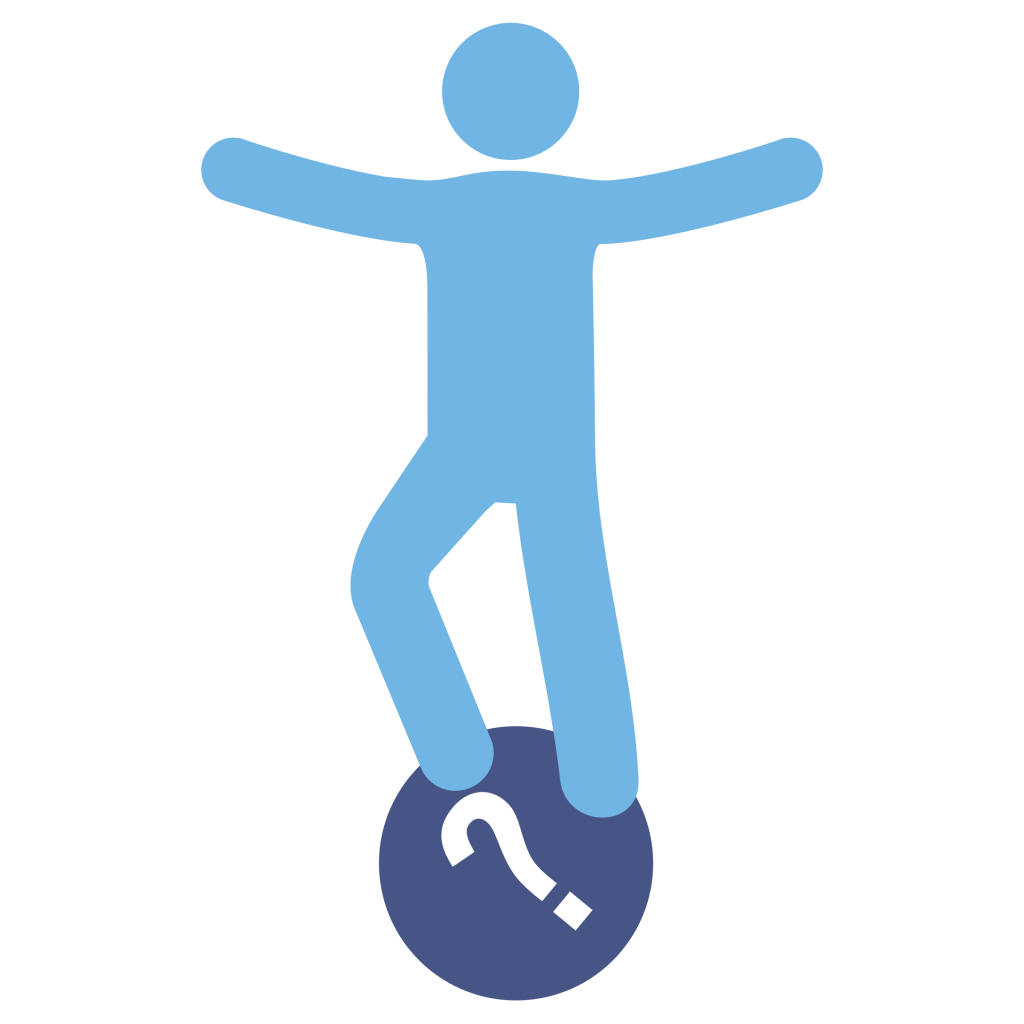
Where does safety and risk management fit in?
The ACS team is also certified through the Board of Certified Safety Professionals, providing a knowledge base that enables us to evaluate systems within an accepted methodology in order to identify overall compliance of any given system with all applicable safety principles, guidelines, and standards. There are five basic components to this methodology:
HAZARD ANALYSIS
the process of identifying, anticipating, and controlling hazards
PLAN DEVELOPMENT
the process of developing a plan to mitigate the identified hazards
PLAN IMPLEMENTATION
the act of communicating and enforcing the plan at all levels of the organization
PLAN EVALUATION
the continual act of identifying how well the plan mitigates the identified hazards, including anticipating and properly reacting to them
DOCUMENTATION
the entire safety and risk management process should be documented to aid in understanding, communication, and enforcement
HAZARD ANALYSIS
the process of identifying, anticipating, and controlling hazards
PLAN DEVELOPMENT
the process of developing a plan to mitigate the identified hazards
PLAN IMPLEMENTATION
the act of communicating and enforcing the plan at all levels of the organization
PLAN EVALUATION
the continual act of identifying how well the plan mitigates the identified hazards, including anticipating and properly reacting to them
DOCUMENTATION
the entire safety and risk management process should be documented to aid in understanding, communication, and enforcement
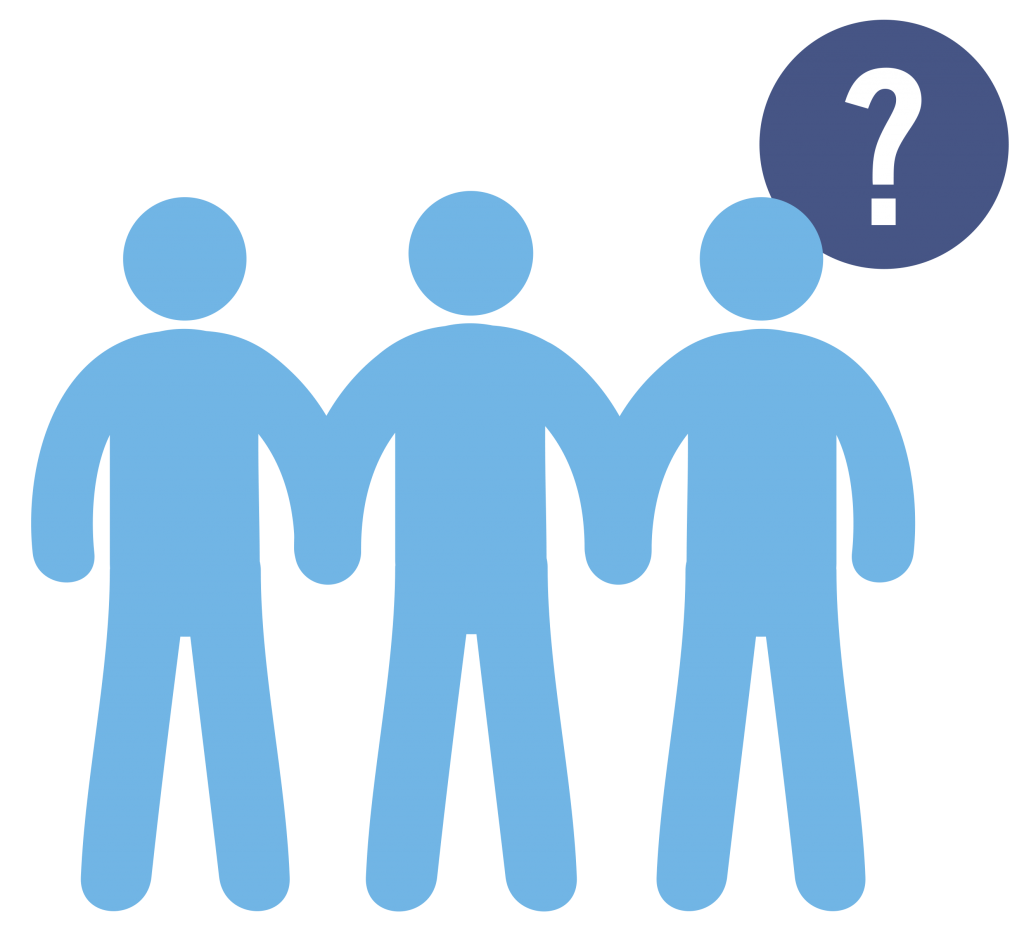
How does it all come together?

